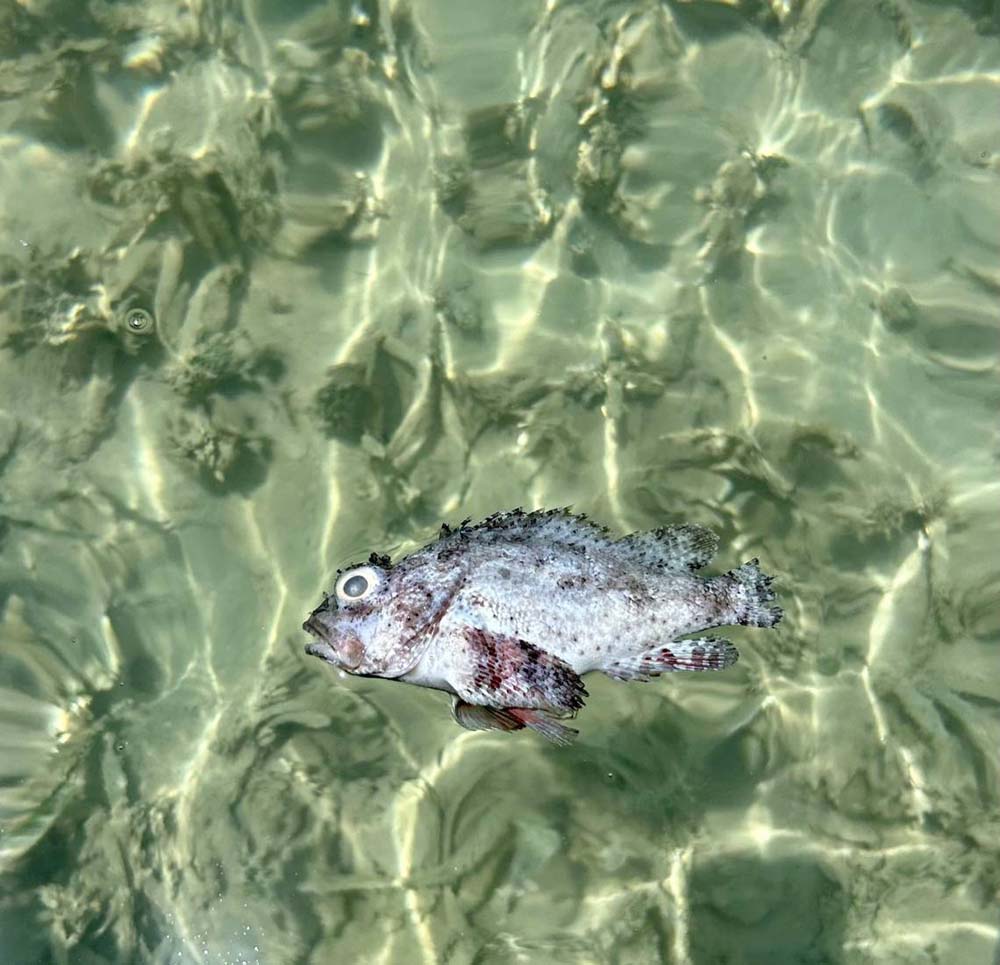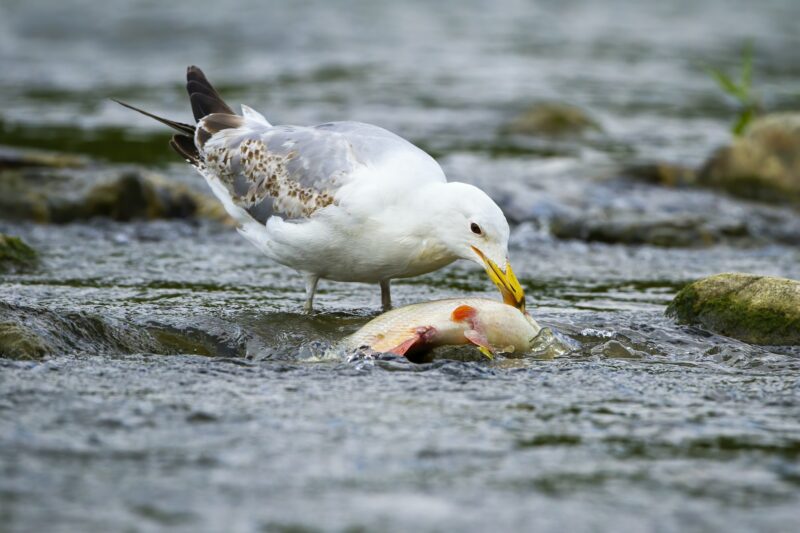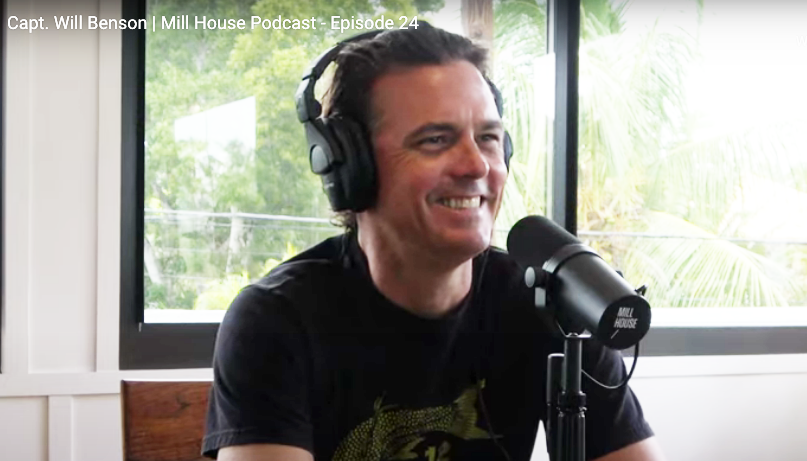
Some 60 fish kills have been reported along the length of the Florida Keys this summer. Scorching sea surface temperatures that reduce oxygen levels are to blame. Though they have mainy hit small fish in the shallows, scientists and fishing guides fear increasing temperatures could bring far worse ones this summer. Florida Fish and Wildlife Conservation Commission
Fish kills in Everglades National Park
A July 12, 2023, reading from Garfield Bight in Everglades National Park placed shallow water at a record 98.1 degrees. Throughout Florida Bay, temperatures have stubbornly stayed in the low-to-mid 90s, and one July 24 measure from Manatee Bay, just north of Key Largo, placed the water even higher, at 101 — hot tub temperature.
Dead fish along the Florida Keys shore as temperatures
Die-offs, and others in the past, have been driven by skyrocketing salinity levels, not soaring temperatures. The bay is what scientists consider an estuary, where freshwater blends with salt water in near-shore zones. Development over the decades — most notably the construction of the Tamiami Trail — bottled up the natural flow of freshwater through the southern Glades and into Florida Bay, throwing the salt-fresh mix out of whack for many years with damaging results.
Decline underway years ago
Florida Bay has seen a general decline in seagrass and fish populations vital to the guiding business. Some years have been worse than others. Most recently, in 2015, Capt. Benny Blanco said he nearly went under due to a mass seagrass die-off. An estimated 40,000 acres of seagrass were decimated in the bay.

Amid the oppressive ocean heatwave, vulnerable fish species have begun to die across the Florida Keys. Courtesy of Capt. Will Benson.
A string of small fish kills in the Florida Keys ring more hot water alarms. Is seagrass next?
By Alan Halaly, Miami Herald ~ August 4, 2023
Will Benson, one of the top fishing guides in the Florida Keys, got an eerie feeling one day in early July on the water near Marathon. A dead puffer fish floated dead on the surface — a small but potentially significant sign that something about Benson’s precious Florida Bay wasn’t quite right. Benson scooped up the fish and handed it off to the scientists at Bonefish & Tarpon Trust for further study. The tiny puffer was hardly the last dead fish he would see across the Florida Keys last month.
Seven degrees above normal
“It’s heartbreaking,” Benson said. “Unfortunately, it seems to be a part of a new normal.” That fish proved to be among the first sightings of what’s become a month-long string of small fish kills affecting shallow waters that run the length of the island chain, from Key Largo to Key West. Researchers blame soaring sea surface temperatures off the southern coast of Florida that have at at time approached 100 degrees and are running some seven degrees above normal.
Canaries in the coal mine?
The toll, for now, has been relatively minor, isolated to smaller fish that live in shallow water that are especially vulnerable to heat stress and low oxygen levels. The 13 species documented so far include mojarras, grunts and toadfish, according to the Florida Fish and Wildlife Conservation Commission. Unlike coral bleaching that threatens reefs off South Florida, the scattered kills haven’t drawn much public or media attention. But scientists and fishing captains like Benson fear they could be the marine equivalent of canaries in the coal mine, a warning of potential risks to larger fish prized by Florida Bay anglers like snook, bonefish and tarpon but, more important, to the vast seagrass meadows that support them. Some are worried the lethal heat could even result in a mass seagrass die-off, which could throw the entire bay off balance for years.








